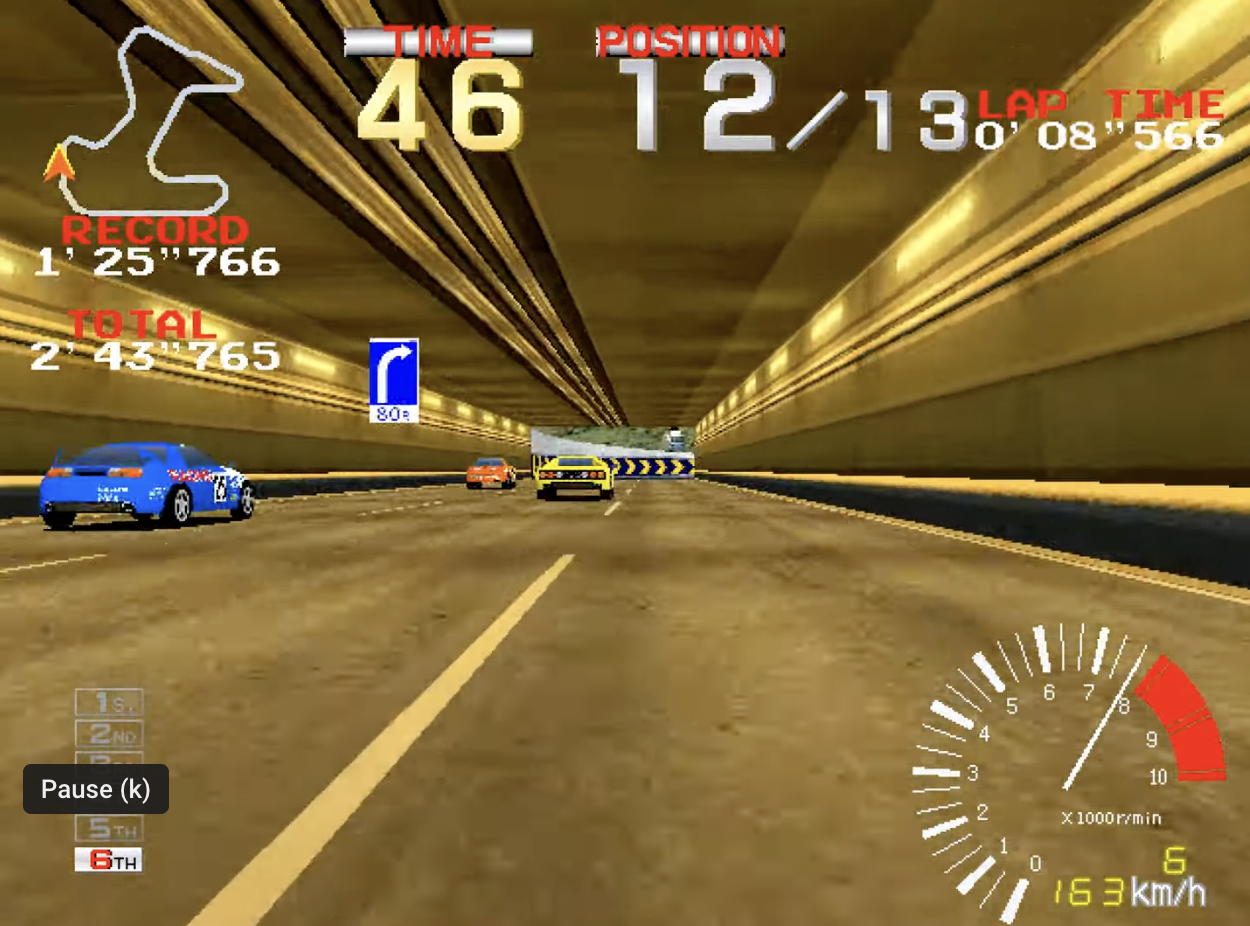In the halcyon days of the arcade, video game fans would wonder when and if the technology that powered their home consoles would one day catch up to the graphically-superior experiences delivered by coin-op machines. In the ‘80s, players would play the real Pac-Man at the arcade, then return home where the vastly inferior Atari 2600 port waited for them, approximating something like Pac-Man if you squinted hard enough. In the ‘90s, Capcom’s Street Fighter II on the Super Nintendo and Sega Genesis was a bestseller, but the console variants of the famed fighter couldn’t quite deliver on the more sophisticated visuals and sound available from the arcade cabinet.
And yet, the quality of a home console port of an arcade smash hit was frequently the yardstick for measuring the success of a new piece of video game hardware. The Nintendo Family Computer (or the Nintendo Entertainment System outside of Japan), for example, was designed with the idea of bringing the arcade hit Donkey Kong into the home with as close to a perfect port as was possible at the time.
As Sony was launching the PlayStation in late 1994, a port of another arcade game would be held up as the prime example of the sheer power of Sony’s new console: Namco’s Ridge Racer.
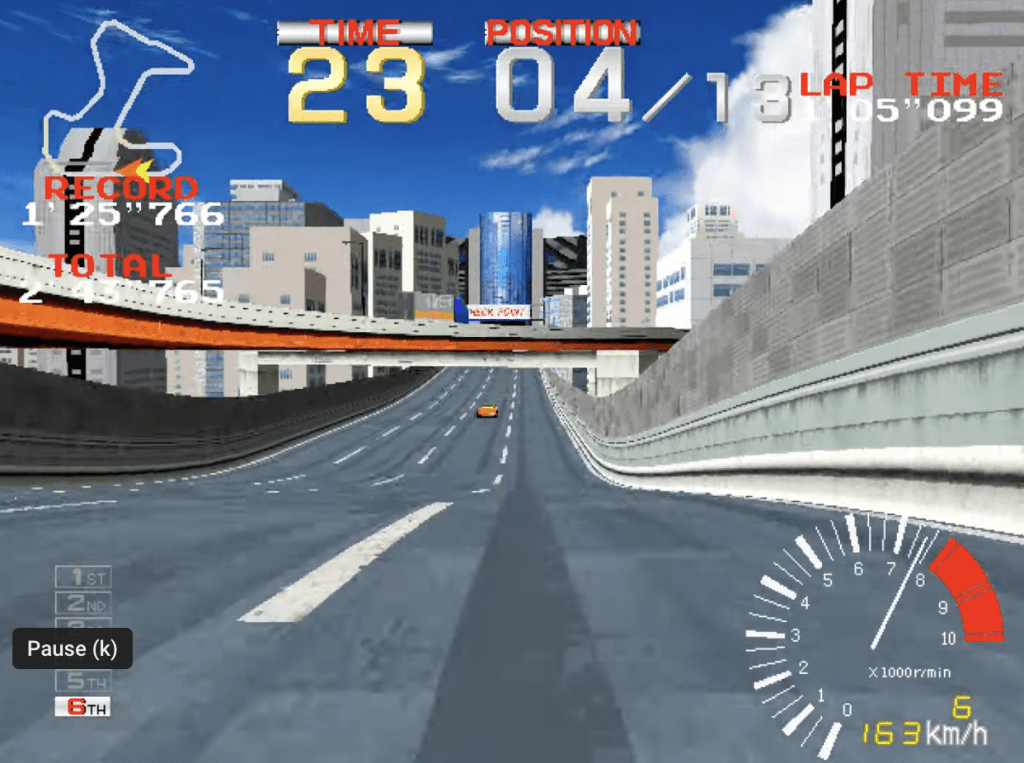
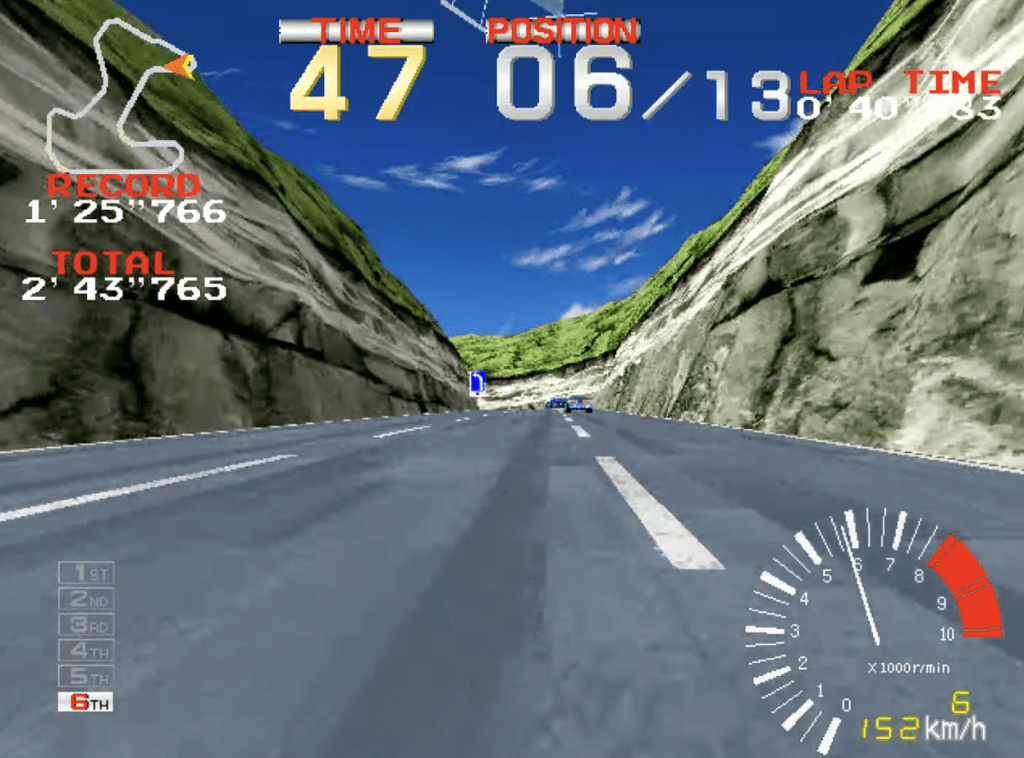
Ridge Racer is relatively simplistic even compared to some of its contemporaries. The game doesn’t contain multiple race tracks. Instead, it has one race track that changes slightly depending on the difficulty selected by the player, occasionally opening up an additional section of track or adding faster opponents.
What Ridge Racer lacks in content, it makes up for with style. Released on Namco’s System 22 arcade board (the same board that would be used for Time Crisis and Prop Cycle in 1995 and 1996 respectively), Ridge Racer was the first mass-market video game to use texture-mapped 3D polygon graphics. This meant that the polygons that made up objects like the cars and buildings, could be wrapped with a 2D image allowing for a road that looked gritty, cars with decals, and buildings with realistic windows.
Originally intended to be a Formula One game, the developers opted for a game play style that focused on drift racing through a mountain course instead. Whether playing on an upright Ridge Racer cabinet where the player would stand, or sitting in a plush racing seat in the deluxe cabinet, players would be met by a steering wheel, a six-position shifter, and three pedals. The game was intended to be as realistic as possible, so players were given the option to use manual transmission instead of automatic, requiring them to make use of the clutch and the shifter just like driving a real car.
And speaking of real cars, a third arcade cabinet was produced called Ridge Racer Full Scale. This version of the game had players take a seat in a real Mazda MX-5 Miata while the game was projected on a 10-foot-wide screen in front of the car. A key in the ignition served as a start button, the gauges were functional, and players utilized the Miata’s wheel, shifter, and pedals to control their car in game.
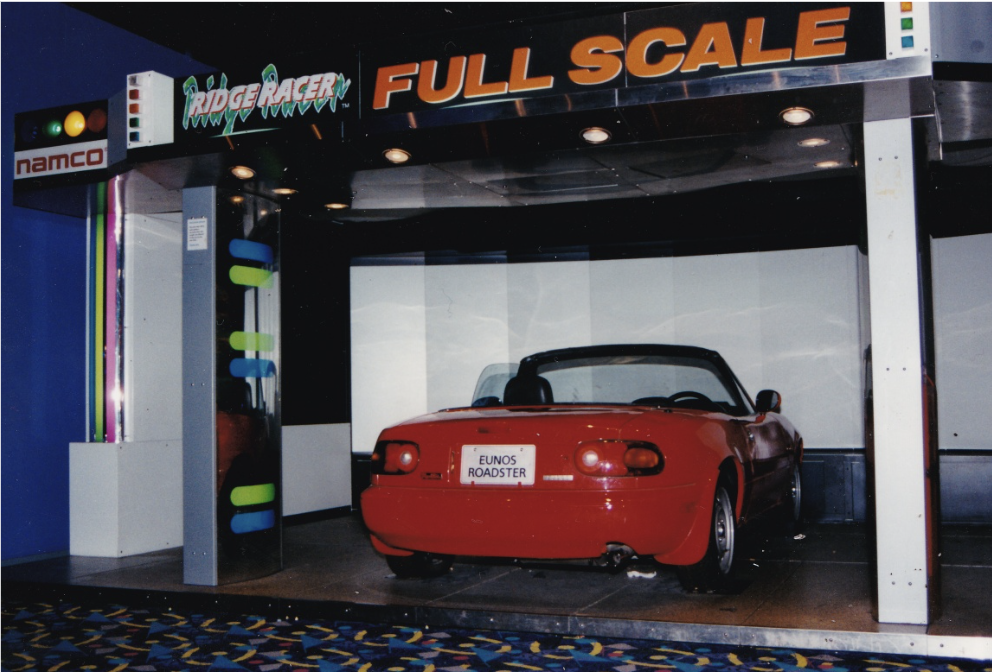
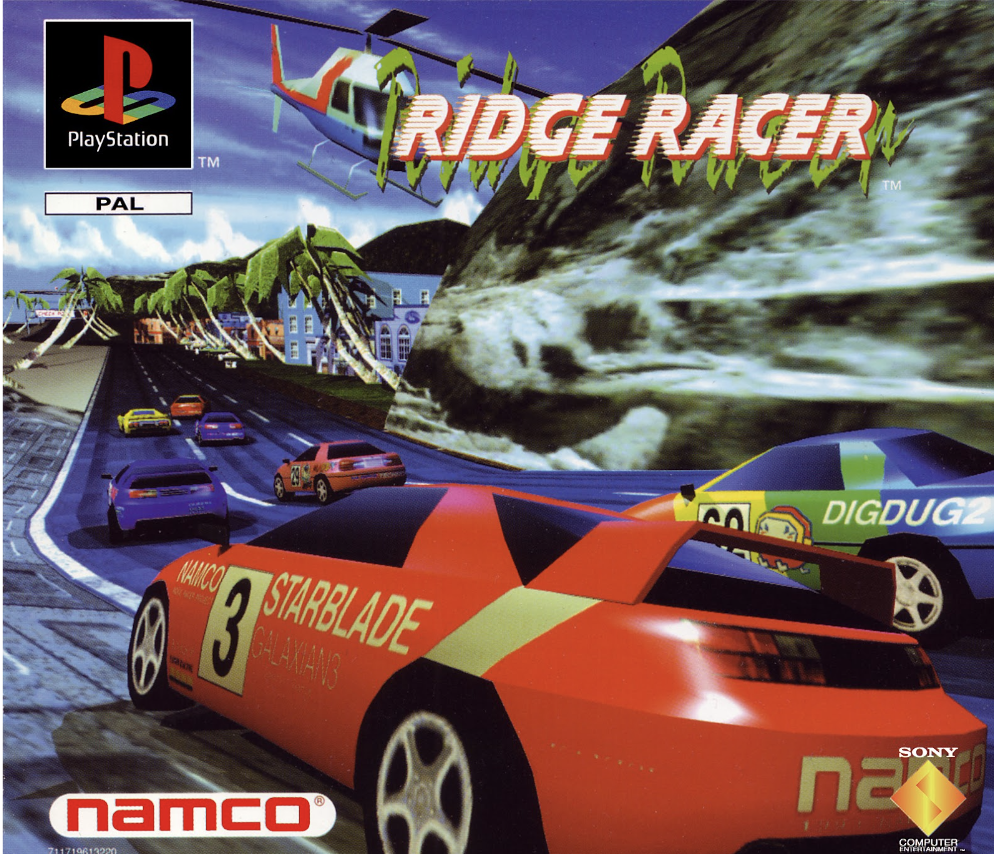
While not much could match the feel of playing a racing game immersed in an actual race car, the PlayStation version of Ridge Racer did blow players away when it launched alongside Sony’s debut game console in 1994 in Japan and 1995 in the rest of the world. Though not a perfect port by any stretch, the PlayStation version maintained the texture-mapped polygons of its predecessor, serving as a graphical demonstration of Sony’s 32-bit console and a landmark title in games with 3D graphics.
To help demonstrate what a revolution in graphic technology this was for the time, consider that Ridge Racer hit the PlayStation the same year that Donkey Kong Country and Sonic the Hedgehog 3 released on the SNES and Sega Genesis respectively.
These days, that long sought after dream of bringing arcade quality graphics to the home with no compromises is an established reality. And while Ridge Racer’s original outing is a far cry from modern racers, we can appreciate it for both being a definitive step forward for racing games and delivering pulse-pounding excitement with every drift.
